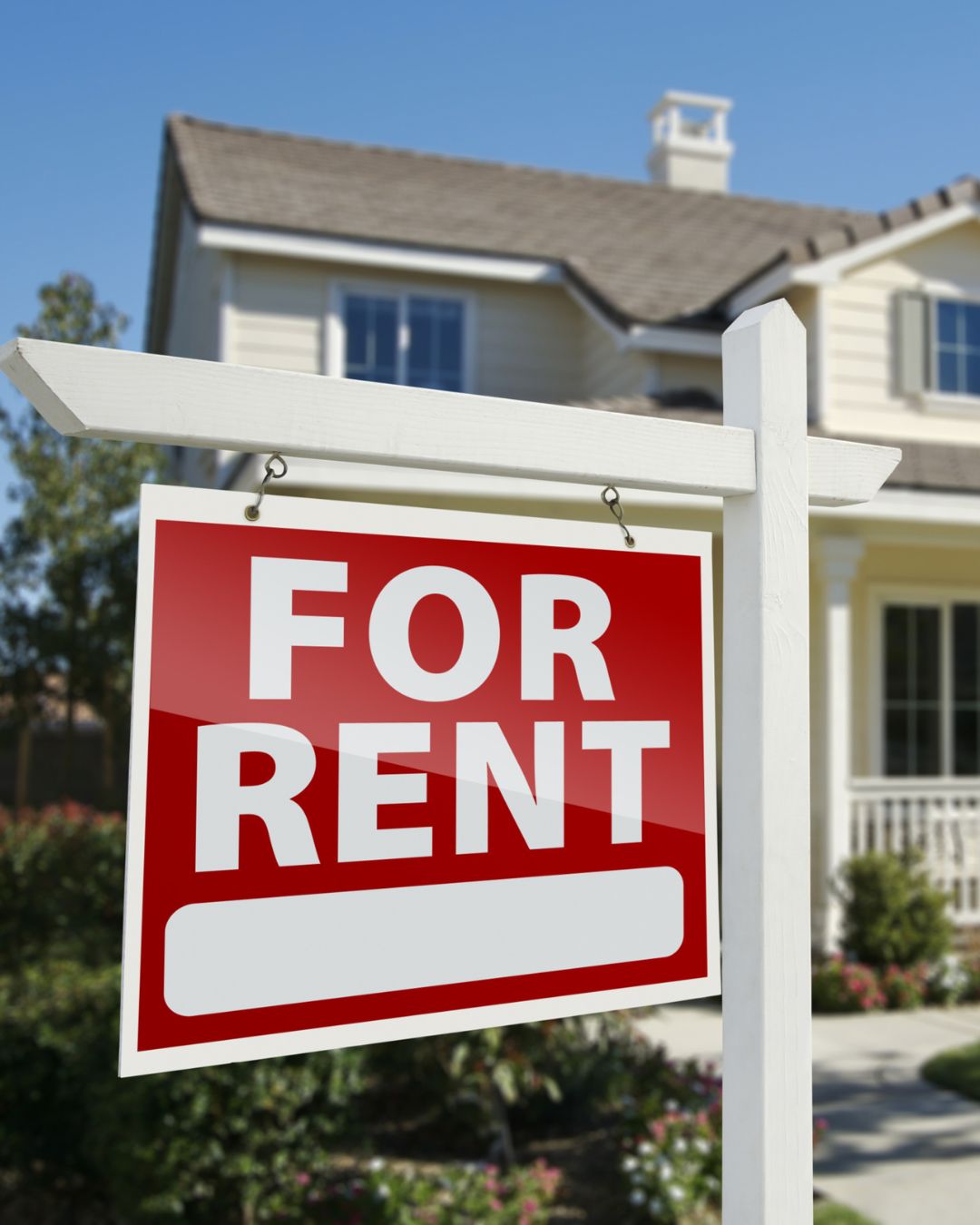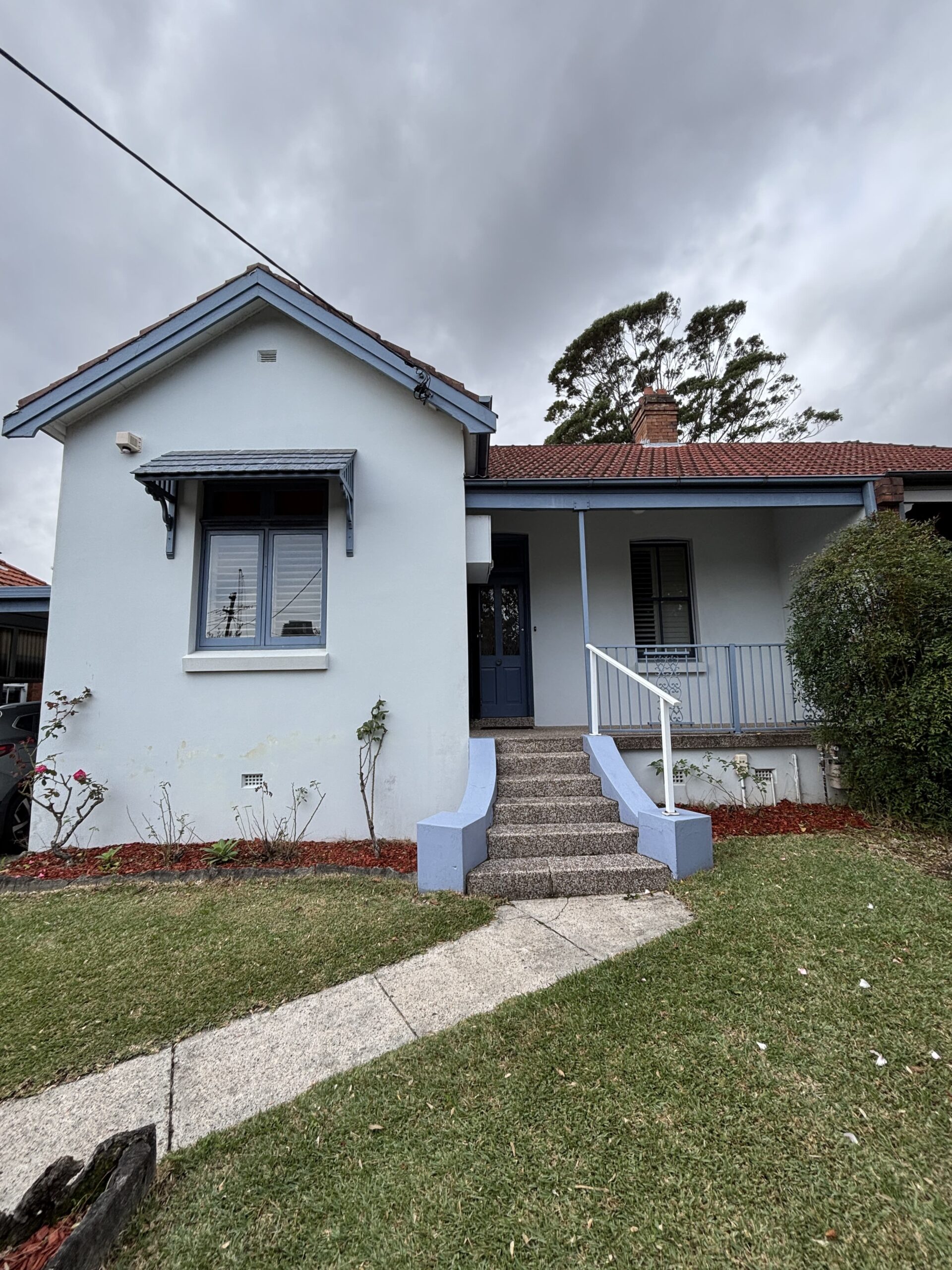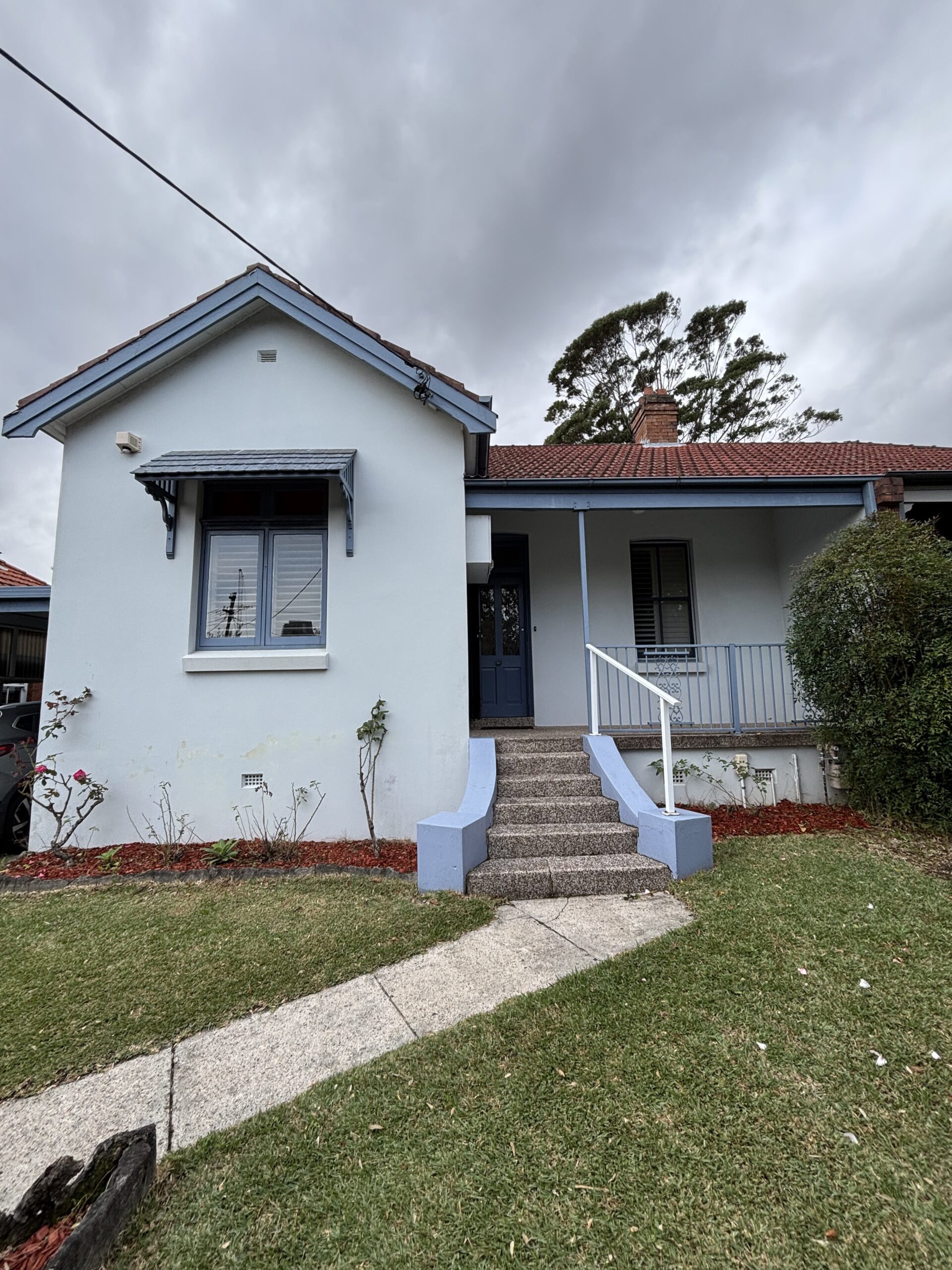Exploring whether an internal renovation or extension is best for your Sydney home
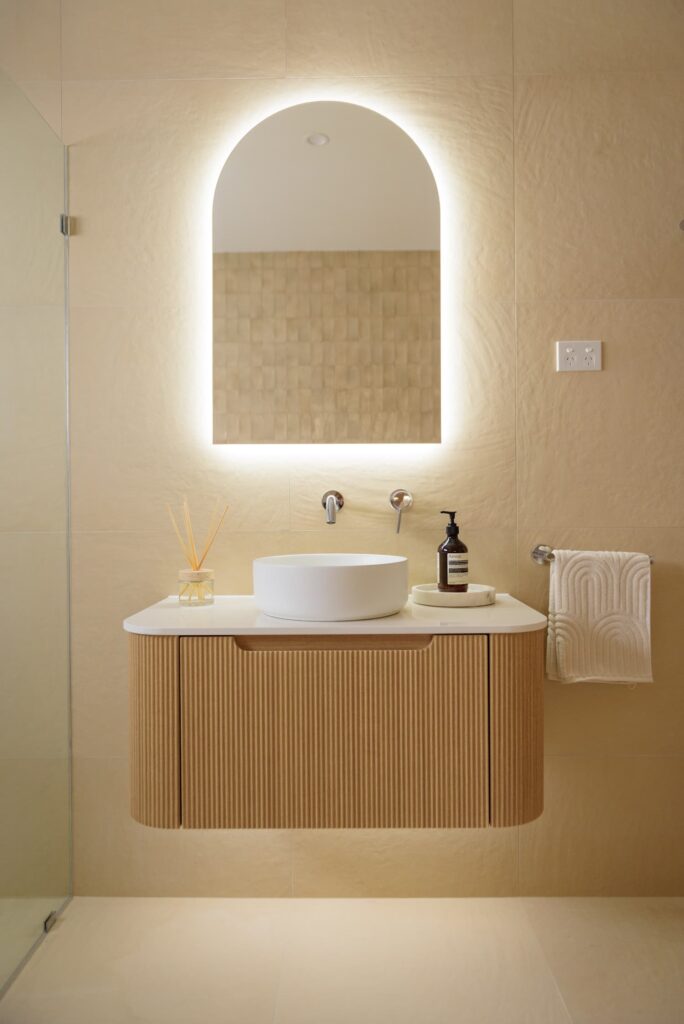
Recently I’ve been on a few consultations where the homeowner is exploring whether they should renovate or extend their home. It’s a great question to explore, especially when considering what’s going to add the most value to your home and with the best ROI.
In this post, I’ll outline the steps I take when considering whether an internal renovation or extension makes the most sense.
I’ll be tackling this question with the ROI and increased value in mind so you can make a smart financial decision.
What is an internal renovation and an extension?
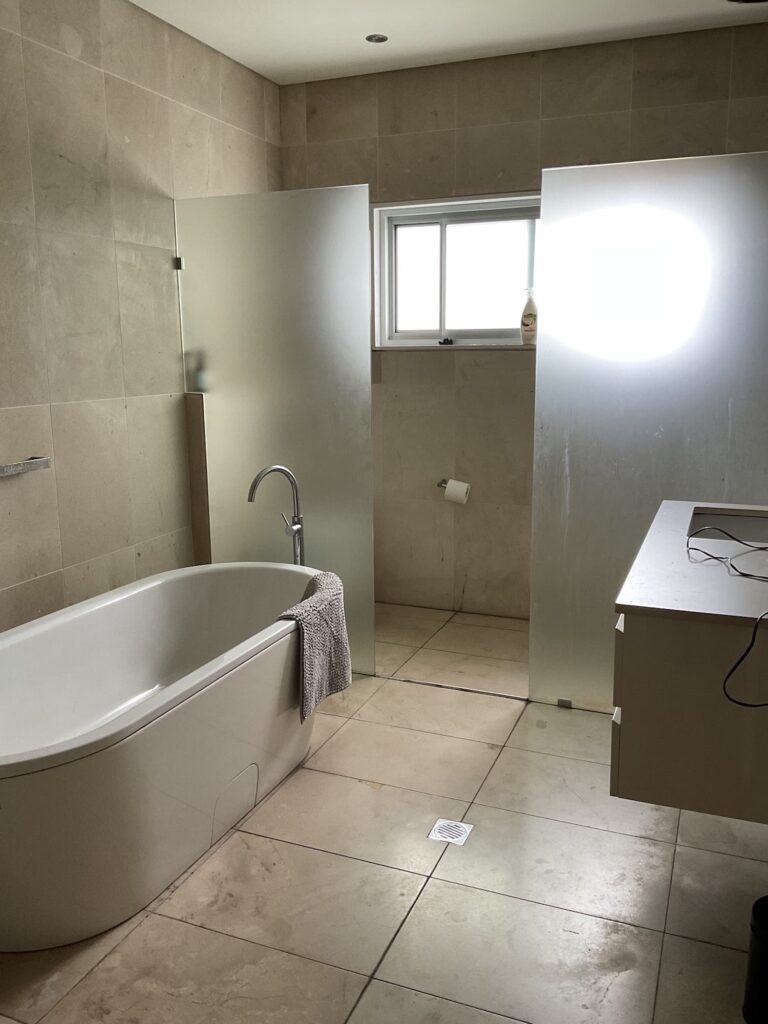
If you’re not familiar with the difference, that’s OK.
An internal renovation is when you take the existing home and make changes to that structure only. It can be both inside and outside (like updating the siding, painting brick, etc.) but you’re keeping the square meterage the same.
An extension is when you are adding to the existing structure. While a renovation is usually included (like a remodel of the kitchen), I refer to this as an extension only because this adds a lot of elements to the project.
For example, extensions will require a CDC or DA (in NSW) and engaging additional professionals like an architect or draftsperson, private certifier, and your local council.
The way that costs are calculated for each are different as well.
For an extension (or second storey addition), you’ll be looking at a square meter rate, similar to a new build. This rate includes everything – foundation, framing, plumbing, electrical, windows, insulation, etc.
For a renovation, you already have those things installed so the costs are calculated by labour and materials.
If you are doing an extension plus an internal renovation (like the existing kitchen), you’ll have a combination of the two. After all, it’s not fair to calculate the square meter rate on areas that already exist.
Understanding your needs
Now that you know the difference, let’s get into how to make a decision.
Your Lifestyle
Consider why you are considering this change to your home.
- Do you need more bedrooms?
- Do you need more bathrooms?
- Do you need to accommodate for a disability or aging parent?
- Is your existing space just not working for you?
- Are you missing some key features (like a working from home space)?
- Are kitchens / bathrooms out of date?
Once you know what you need, explore whether your existing floorplan can be adjusted to make the change or whether you need more square meterage to your home.
Your Future Plans
Now you need to check whether it’s feasible and you’ll see a return on investment.
If you’re planning on living in your home longterm (like 10+ years), generally home values increase over time and you’ll get your money back.
However, it is always important to remember that sometimes life circumstances may require a move. I advise that no matter your plans, you should be aware of your ROI so if the unexpected does happen, it’s not a major disappointment to see that you’ll be losing a considerable amount of money in the sale.
And if you are planning to sell within the next 5 years, then you should definitely consider your ROI so you don’t overcapitalise.
Your Feasibility
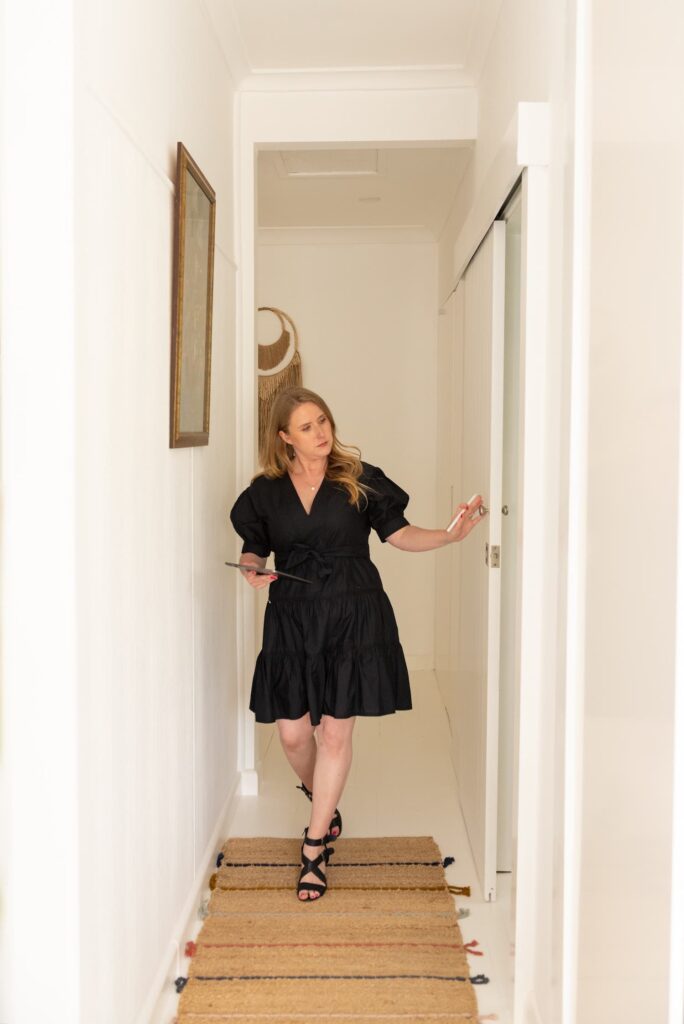
Knowing your numbers, not only the cost to renovate or extend but also your property’s pre- and post-renovation value, is key.
Here’s how I do it:
Calculate the cost to renovate or extend
First, I’ll create a list of projects for both a renovation and extension. Then I’ll create a budget for each of those projects and add on a 10-15% contingency. If the home is older than 1990, I may have a large contingency just in case there’s asbestos and honestly, the older the home the more I recommend a larger contingency to allow for the unexpected.
If you’re new to budgeting, local Facebook Groups can be helpful. Do a search first and make sure the dates are within the last year or create a post asking for estimates from people who have recently done projects.
Keep in mind that for an internal renovation, the size of the space as well as the level of finishes will greatly influence the cost.
You can also get an idea of costs from getting quotes from trades or other professionals (like an architect), but you’ll want to have a good understanding on the projects you want to do and level of finishes.
For my budgets, I like to estimate high. For example, if the responses for a bathroom renovation in a Facebook Group are ranging from $20,000-40,000, I’ll estimate $40,000. It’s always better to come in under budget than it is to scramble to find the money.
Know what will cost more to do
Here’s my rule of thumb – if something doesn’t currently exist, budget more.
For example, if you want to add an ensuite but there isn’t a bathroom or kitchen on a surrounding wall, it’s going to cost more to add in the plumbing. Or perhaps you want to add gas cooking but don’t currently have a gas line to the home. That’s going to add a lot more to your budget than if one already exists.
I’ve also found that the trick to determining whether a project is exempt development or requires a CDC is like for like. For example, if you’re remodeling an existing bathroom, it may be exempt. However, if you are adding another bathroom, that will require a CDC.
If you do need a CDC or DA, you need to allow for the additional costs of getting council approval, as well as drafting plans, any reports that are needed (like structural or soil testing), and a private certifier.
Don’t forget the other costs
Many times homeowners forget the indirect costs. For example, you might not be able to live in the home during the renovation or extension. Factoring in the cost of temporary housing may make a big difference to your budget.
If you need financing for either option, explore this with a mortgage professional and calculate the extra expenses, such as interest and repayments.
Work through all the possible implications to your life and how it may add costs, as well as time.
Your Home’s Value

Here’s where I think you’ll get the most clarity on which one is best – figuring out how much your home is worth now vs. after you renovate or extend.
Get a professional to help you
You can get a professional to do this, either a valuer or a local real estate agent. You can also schedule a consultation with me.
If you go with a professional, make sure you get a least 3 comparable sales to back up the number and do your due diligence checking them. To be a true comparable sale, they should be similarly sized with similar features (same number of bedrooms, bathrooms, etc). If they’re not, then either they shouldn’t be used or you need to adjust your home’s estimated value for what’s different.
Do It Yourself
You can also calculate your home’s value yourself, using a free website like realestate.com.au or Domain (ok accuracy), or paid through RP Data (best accuracy).
Here’s how I find comparable sales:
- Search for similar properties that have sold within the last 6 months. If you have a unique property or just can’t find enough similar, you may expand the search to the last year.
- Use the filters to get properties similar to yours such as property type, number of bedrooms and bathrooms (I’ll often go +1 and -1 or anything over 4+) and car spaces. You should also search for surrounding suburbs, especially if you know that they have similar property values.
- Manually go through each result. Look through the photos – is the condition similar or drastically different? If it’s been renovated similar to what I’ve planned, I’ll take note for my after renovation or extension comps.
- Throw out any result that has a drastically different lot or property size or is not like for like (for example you are a one storey terrace house and the result is a two storey family home).
- If any results are mostly similar but have something different that will affect value, that’s OK. It can still be used but you’ll need to adjust your home’s number to account for the difference.
- Adjust the filters as many times as you need for each scenario – current condition, post-renovation and post-extension.
Here are some other helpful tips:
- Domain & Realestate.com.au do not always display the sale price so you may need to call the listing agent to find it. They’re usually pretty receptive to giving that information and may give some key insight into the sale (such as sold prior to auction or x number of bidders).
- RP Data generally always has the sale price. If it’s listed as $0 or quite a bit below market value, then that’s likely an inherited or family sale and is not a comp. If there’s no selling agent or listing, that’s also usually an indication it’s a transfer between family members.
Ideally, you’ll have at least 3 comparable sales for every circumstance (current condition, post-renovation, post-extension). Come up with one number or a range for each scenario.
Use a tool
I also have a free AI powered calculator that you can try out. It’s not perfect so you may need to give it additional information about your home, but can give you a good sense of the range, cost of renovations and potential. It will even compare the renovation vs. extension in a chart so you can easily visualise the differences.
Calculate Your Return on Investment

Now let’s see how the numbers stack up!
Here’s how to calculate:
Estimated post-project value (renovation or extension) – current value – project costs = your ROI
Real life example:
$2.1 million to 2.4 million post renovation estimate minus $1.8 million current value minus $120,000 estimated internal renovation = $180,000 to $480,000 profit or ROI
$2.3 million to 2.6 million post extension estimate minus $1.8 million current value minus $400,000 estimated extension = $100,000 to $400,000 profit or ROI
Making the Decision
Once you have all your numbers, you can use their knowledge to make an informed decision on whether to renovate or extend.
Pros and Cons
Consider all the costs involved. In addition to the financial costs, there is a difference in time and the amount of steps needed to do either option.
Typically, an extension will require more time and steps to get the approval. If you need to move out during the work, this may also cost more for temporary housing.
There’s also the emotional consideration. What’s going to improve your life the most and make you happiest? For some people, as long as there as is some ROI, the cost difference doesn’t matter.
Real Life Examples
In the above example, the internal renovation actually came in with a slightly higher ROI than the extension. When you factor in the time and financing needed, it makes more logical sense to go with the internal renovation.
However, the family’s lifestyle needs may determine that an extension is the right decision. They haven’t decided yet, so it will be interesting to see which choice they make!
Conclusion
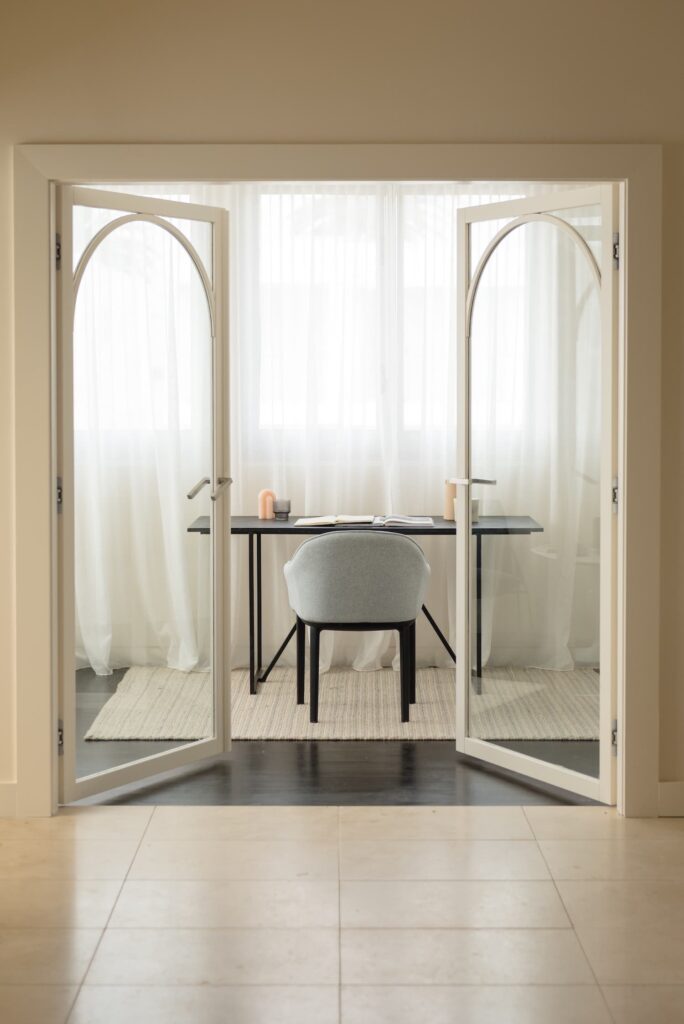
If you’re wondering whether to renovate or extend your home, you might be feeling overwhelmed with all that goes into making a decision.
Hopefully this blog post gave you clarity with actionable steps how to determine your budget, your home’s current and estimated values, and calculate your ROI.
Ultimately the decision is up to you.
If you want some additional help and are located in the Sydney area, you can use my free AI home value & renovation estimate calculator or schedule a consultation and I can give you personalised advice to help guide your decision.

